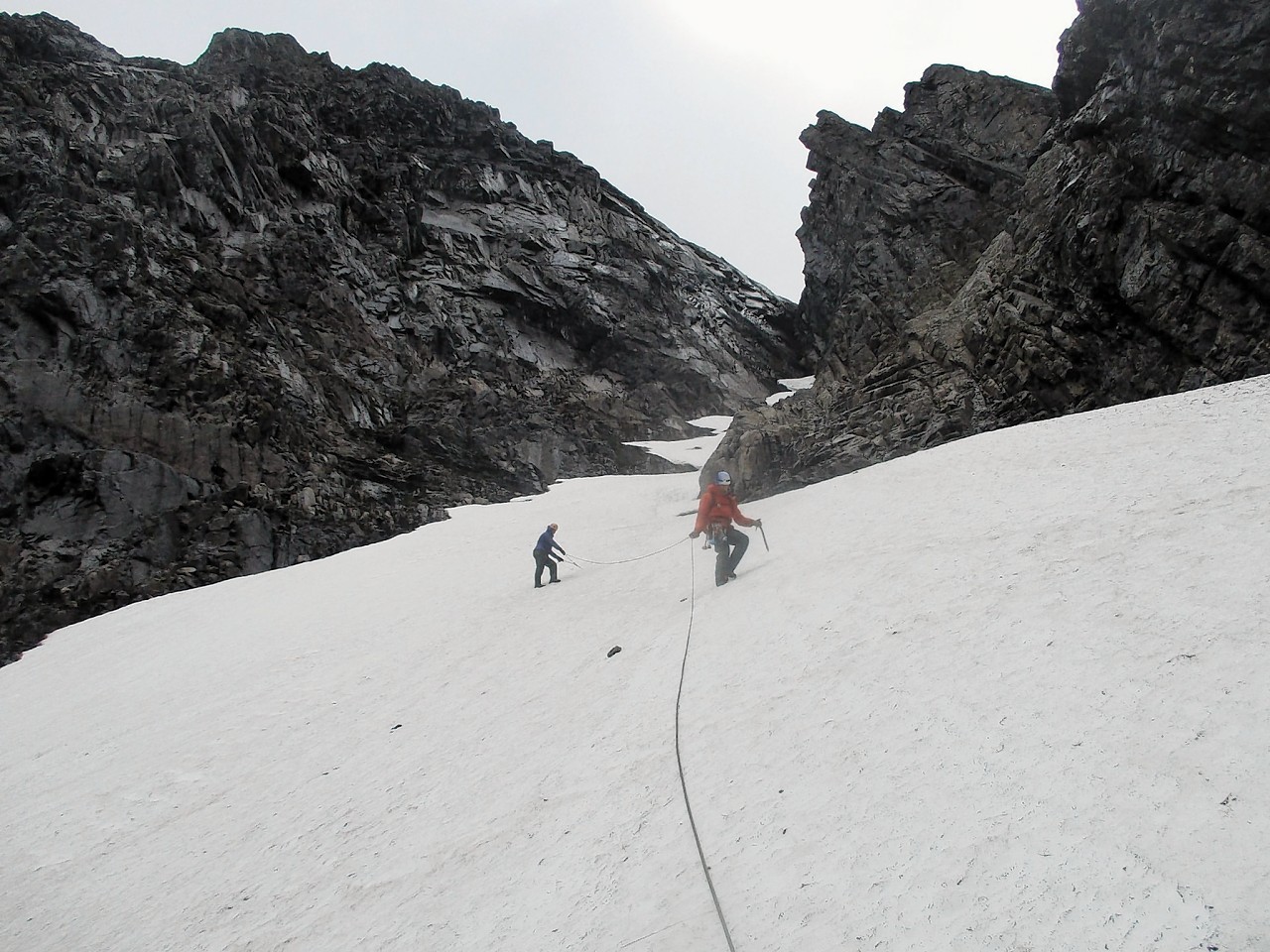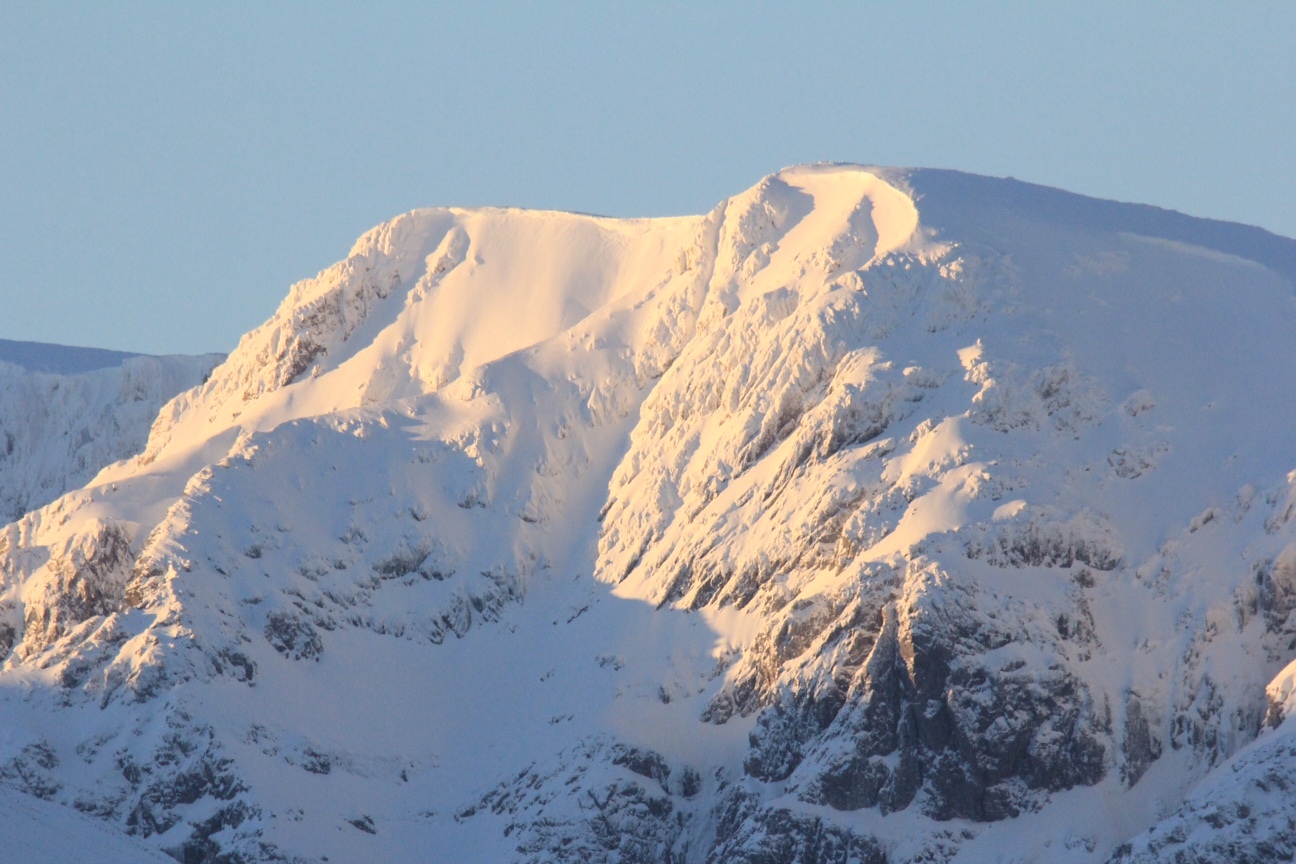As a beginner, what exactly do you carry inside your daysack and on your person when venturing out on Scotland’s Munros?
This basic question can lead the novice Munro Bagger to either underestimate what they need, pack things that are not needed (thus increasing weight of their burden), or dangerously omit essential equipment.
The packing needs for all forays into wild areas are basically the same and can be spilt down into four categories: Navigation, Warmth/Shelter, Hydration and Sustenance.
Navigation
In most accidents a contributory factor is when individual get lost/misplaced. To that end knowing where you are and where you are going is vital.
A compass of the Silva/Sunnto type that enables the user to easily take a grid or magnetic bearing is vital. The weather can be fickle on the hills and if the mist rolls in there is no other way to reliably stay on course.
A map obviously needs to be used in conjunction with your compass. To protect your map, it should be waterproofed by placing it in a map case or laminated. Your compass and map should be physically attached to you so they cannot be dropped/damaged/blown away.
A watch based altimeter can be an excellent aid used in conjunction with a map and compass. A GPS and spare batteries is useful but only if you can navigate. A GPS can fail and it only tells you how to get somewhere in a point to point fashion. It does not read the ground for you and is certainly not the the silver bullet of navigation. All these essentials need to be carried securely-ideally on the person.

Remember, no matter what these fancy survival television shows would have you believe, there is no habitation in the UK that cannot be reached by walking within one day.
The only problem arrives when you are rendered immobile due to accident or injury.
You therefore need to have the ability to attract attention and a mobile phone fully charged should be carried.
A whistle is another small but vital piece of equipment for attracting attention and responding to others in distress.
A torch, ideally a head torch for hands free use, and spare batteries are a must, no matter what time of day you are walking.
Realising, due to an unforeseen incident, you are going to be benighted is too late to discover that you do not have ability to see in the dark or signal would be rescuers.
Warmth/Shelter
When thinking about what to carry, think about it logically. If the above statement is true that nowhere in the UK is further than a day’s walk to habitation, how long would you survive if you where injured and renedered immobile with a broken leg/ankle in winter for example? We need to stay warm and dry.
To that end a full set of waterproofs consisting of over trousers and a jacket with a hood are essential. There is a labyrinth of styles to choose from suiting every budget. The more expensive ones may require you to re mortgage your house!!
Next a really warm insulating layer such as down or synthetic jacket is paramount to keeping core temperature warm, not only in an emergency but during rest stops as your body rapidly cools.
A hat and set of warm waterproof gloves or mitts completes the full body coverage. Do not overlook this as a hat and good gloves are an essential element in maintaining body temperature in fickle conditions.
Since maintaining body extremities warmth is essential in winter and on static casualties, a spare hat and gloves must be carried in case you lose a glove in high winds etc.
A survival bag, for shelter weighs next to nothing and can be stuffed into a corner of your daysack and hopefully forgotten about. If needed you at least have a last bastion to crawl into to await help, if movement is impossible due to injury or severe weather.
A small first aid kit should be put together to enable you to conduct running repairs on everything from chapped lips, blisters and aches and pains. Don’t go overboard as if you cater for all eventuality your daysack will quickly take on the proportions of a small A and E department. First Aid kit should be renamed Patch Up Kit to enable a walk to continue!! Think along these lines and you won’t go far wrong.
Sustenance
This obviously takes the form of food and drink, which can be heavy. As a rule of thumb, a litre of water weighs approx. 1kg. Carry a water bottle and fill from mountain streams high away from habitation will save on weight in summer.
Be sensible where you fill your water bottles and check upstream for any dead sheep etc. If you don’t want do this, either purify the water or carry more water and take the weight penalty. Either way you will need to drink and carry your water at some point.
A flask can replace your water bottle in the winter. When there is snow on the ground the capacity of the flask can be extended by adding clean snow to the fluid inside the flask as you drink and walk.
Particularly if you have hot juice or something similar in your flask at the start of your walk instead of tea/coffee!
One golden rule though do not eat snow in cold conditions when thirsty. This just lowers your body temperature at a dangerously rapid rate that continues long after consumption.
What fluid to carry and how to carry is up to personal preference and the decision is yours on how you mange fluid intake.
High energy food will keep energy levels up. This is obviously down to personnel taste. Most calories for small pack size and slow realise of energy are the best rule of thumb.
A small amount of emergency food should be carried in the bottom of your daysack and ideally taped up so you are not tempted to nibble just because you are hungry.

Lastly, think of all daysacks as being water resistant at best. It is always best practice to waterproof the contents above in a heavy duty waterproof bag inside your daysack.
You can use a heavy duty polythene bag if on a budget. However, the best means of fully waterproofing the inside of your pack is a form of dry bag with a roll top closure which shuts and clips. As long as its shut properly it is 100% waterproof and are well worth the investment.
In the Marines we used to double waterproof our kit so on beach landings and using packs as rafts we could cross water and keep all our kit bone dry. It is good practice.
It is not much fun however if you are getting the inside of your pack soaking wet (that trebles it in weight) and as a result all your kit soaking wet in November in Scotland and still having to stay out on the hills for a protracted period of time trying to dry your kit that keeps you comfortable.
The above list is not exhaustive – for example there is no mention of ice axe crampons for winter or scrambling rope or helmet for routes that require it. This is done deliberately as the aim is to provide a basic template of kit to put together without packing the kitchen sink.
Once you gain experience you will realise actually how little you need for the hills. But the aforementioned should always be carried no matter what.
In time you will laugh when you see people on the hills carrying enough for a month, never mind a day, as they huff and puff round the hills doing their best impression of a cart horse.
All that’s left is to say stay safe, enjoy your adventures and see you next month.
